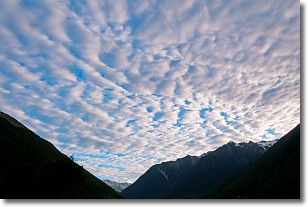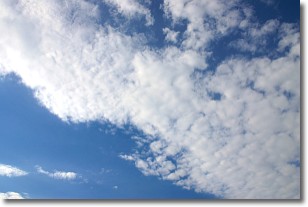Weather Alert in California
Fire Weather Watch issued September 1 at 12:11AM PDT until September 2 at 8:00PM PDT by NWS Eureka CA
AREAS AFFECTED: Lower Middle Klamath; W Mendocino NF/E Mendocino Unit; Trinity
DESCRIPTION: ...ISOLATED DRY THUNDERSTORMS TUESDAY AFTERNOON AND EARLY EVENING... .Isolated dry thunderstorms are possible over the interior Tuesday afternoon and into early evening. Threats include erratic gusty winds and lightning. Lightning on dry fuels may lead to new fire starts. In addition, gusty winds combined with hot temperatures and low relative humidity will also produce near critical fire weather conditions. Existing fires and any new fire will have the potential to spread rapidly. * AFFECTED AREA...Fire weather zone 204, 277 and 283. * THUNDERSTORMS...Isolated dry storms over high terrain in the afternoon and early evening hours. * OUTFLOW WINDS...Gusty and erratic outflow winds over 40 mph. * IMPACTS...any fires that develop will likely spread rapidly. Outdoor burning is not recommended. * Additional Impacts...Hot, dry weather and breezy winds will increase the fire danger even in areas away from thunderstorms.
INSTRUCTION: A Fire Weather Watch means that critical fire weather conditions are forecast to occur. Listen for later forecasts and possible Red Flag Warnings.
Want more detail? Get the Complete 7 Day and Night Detailed Forecast!
Current U.S. National Radar--Current
The Current National Weather Radar is shown below with a UTC Time (subtract 5 hours from UTC to get Eastern Time).

National Weather Forecast--Current
The Current National Weather Forecast and National Weather Map are shown below.

National Weather Forecast for Tomorrow
Tomorrow National Weather Forecast and Tomorrow National Weather Map are show below.

North America Water Vapor (Moisture)
This map shows recent moisture content over North America. Bright and colored areas show high moisture (ie, clouds); brown indicates very little moisture present; black indicates no moisture.

Weather Topic: What are Stratus Clouds?
Home - Education - Cloud Types - Stratus Clouds
 Next Topic: Wall Clouds
Next Topic: Wall Clouds
Stratus clouds are similar to altostratus clouds, but form at a
lower altitude and are identified by their fog-like appearance, lacking the
distinguishing features of most clouds.
Stratus clouds are wider than most clouds, and their base has a smooth, uniform
look which is lighter in color than a nimbostratus cloud.
The presence of a stratus cloud indicates the possibility of minor precipitation,
such as drizzle, but heavier precipitation does not typically arrive in the form
of a stratus cloud.
Next Topic: Wall Clouds
Weather Topic: What are Altocumulus Clouds?
Home - Education - Cloud Types - Altocumulus Clouds
 Next Topic: Altostratus Clouds
Next Topic: Altostratus Clouds
Similar to cirrocumulus clouds, altocumulus clouds are
characterized by cloud patches. They are distinguished by larger cloudlets
than cirrocumulus clouds but are still smaller than stratocumulus clouds.
Altocumulus clouds most commonly form in middle altitudes (between 2 and 5 km)
and may resemble, at times, the shape of a flying saucer.
These uncommon formations, called altocumulus lenticularis, are created by uplift
in the atmosphere and are most often seen in close proximity to mountains.
Next Topic: Altostratus Clouds
Current conditions powered by WeatherAPI.com




